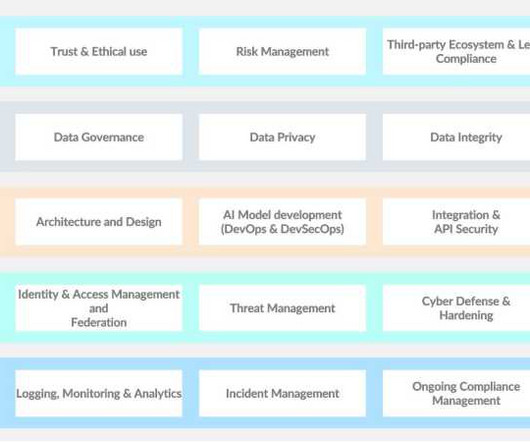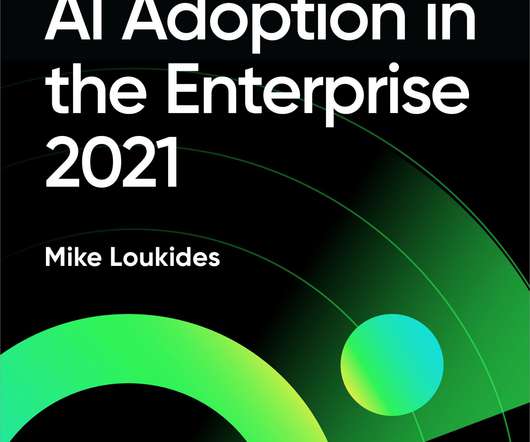6 trends framing the state of AI and ML
O'Reilly on Data
MARCH 19, 2020
Deep learning cooled slightly in 2019, slipping 10% relative to 2018, but deep learning still accounted for 22% of all AI/ML usage. PyTorch looks like a contender: it posted triple-digit growth in usage share rates in both 2018 and 2019. For example, the chatbots topic continues to decline, first by 17% in 2018 and by 34% in 2019.
































Let's personalize your content